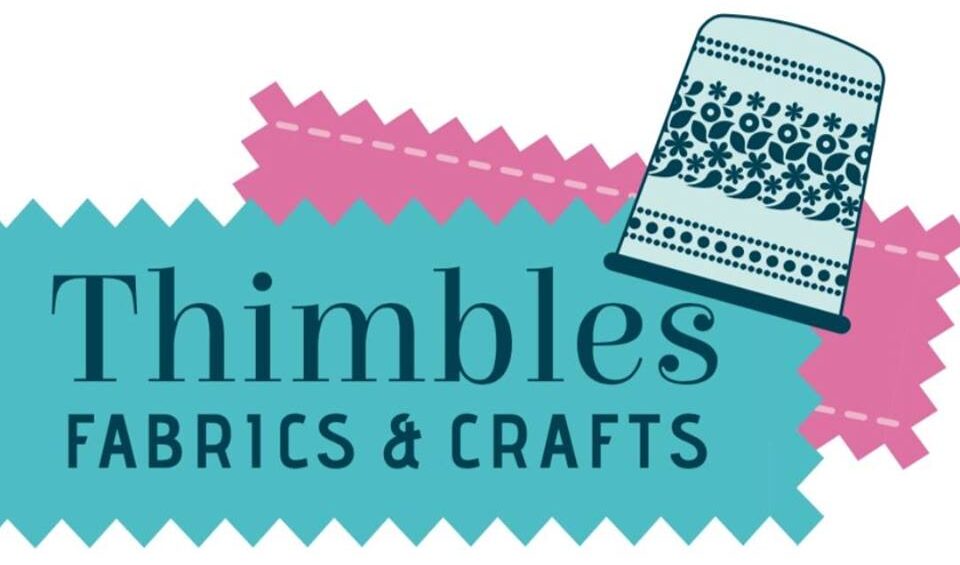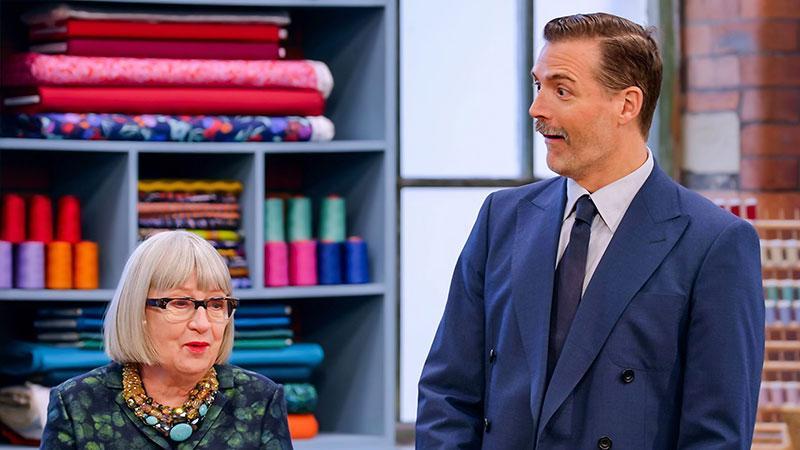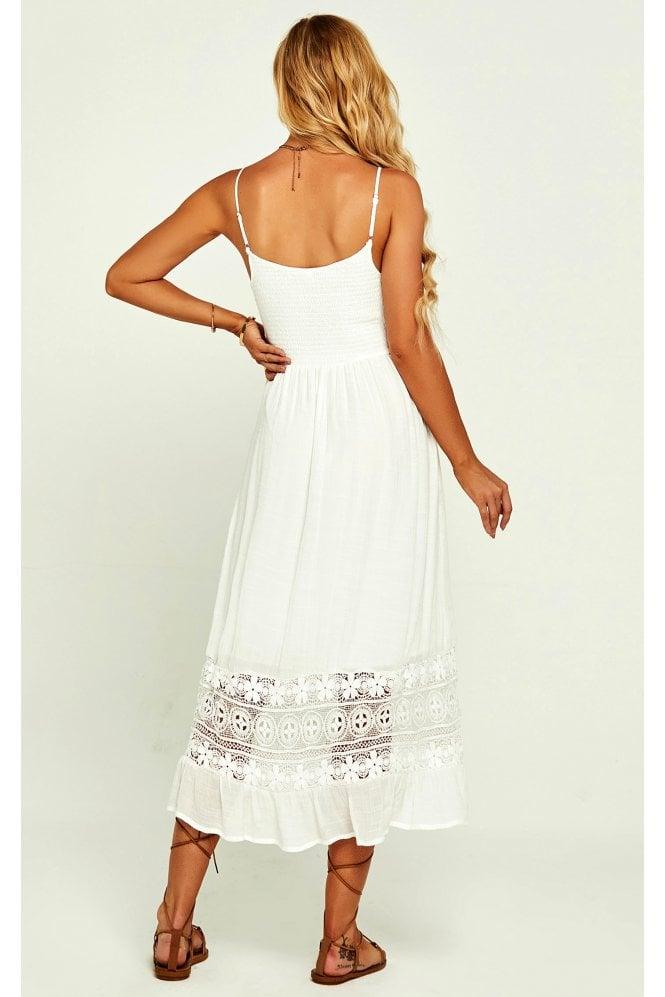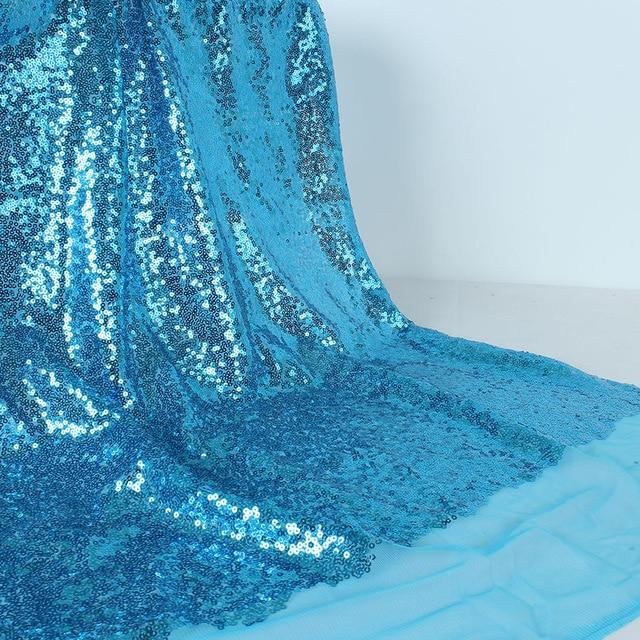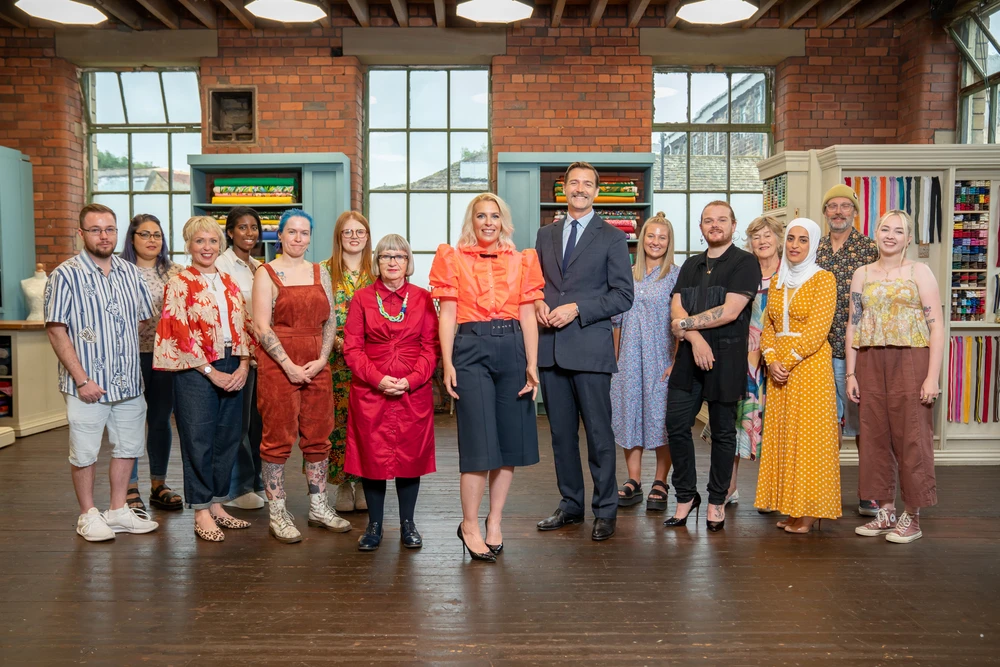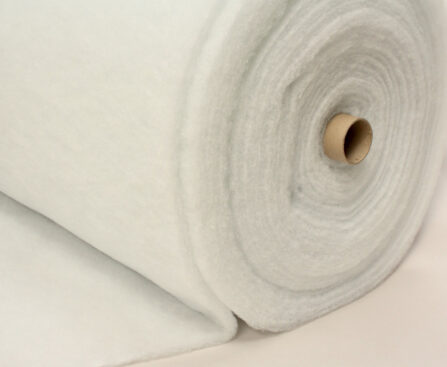In the realm of sewing enthusiasts, the Great British Sewing Bee has become a delightful haven for creativity and innovation. As the show introduces a plethora of inspiring patterns and shopping lists, sewing aficionados around the world eagerly embrace this wonderful opportunity to unleash their imagination and craft breathtaking masterpieces. In this article, we’ll take […]
Introduction In this comprehensive guide, we delve into the world of fabrics featured on the hit show “The Great British Sewing Bee.” As passionate sewers and fashion enthusiasts, we understand the importance of selecting the right fabric for any project. Join us as we explore the fabrics chosen by the contestants, their unique qualities, and […]
Patrick Grant: From Camp Counsellor to Fashion Icon Introduction In this article, we delve into the fascinating journey of Patrick Grant, the beloved judge of BBC One’s heartwarming reality series, The Great British Sewing Bee. From his humble beginnings as a camp counsellor in California to his rise as an award-winning fashion designer, Patrick Grant’s […]
Sequins Fashion in Dressmaking In the captivating world of fashion, there are certain elements that hold a timeless allure. One such element is the sequin, a small, shiny adornment that adds a touch of glamour to any garment. The history of sequins is as intriguing as the sparkling pieces themselves. Join us on a journey […]
In this article, we shine a spotlight on these skilled individuals, showcasing their unique backgrounds, inspirations, and impressive sewing abilities. Get ready to be inspired by their stories of passion, creativity, and dedication as we introduce you to the talented sewists competing in this thrilling season. As the ninth series of “The Great British Sewing […]
When it comes to cushion fillers, there are several options to consider. Polyester fillers are popular due to their affordability and versatility
